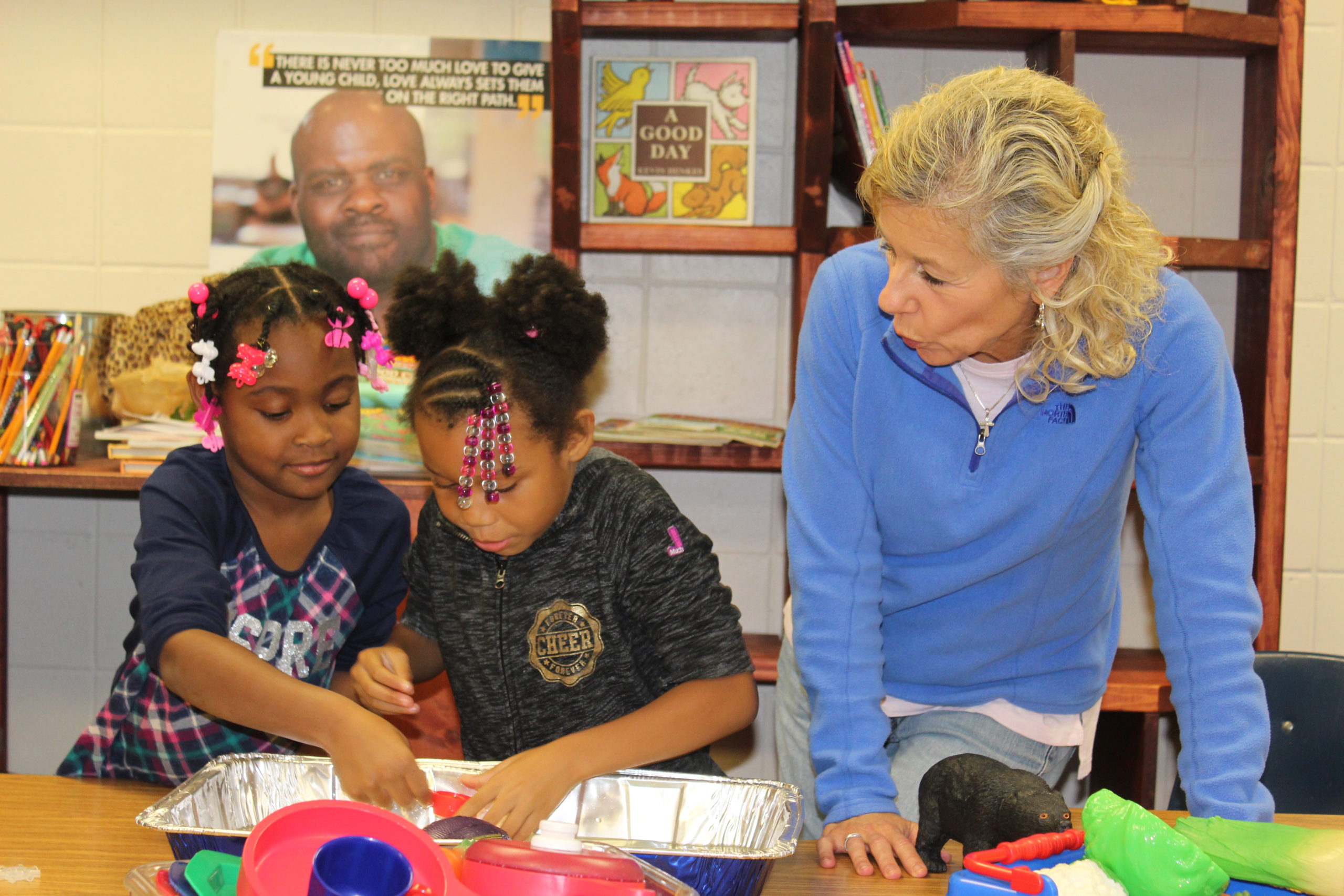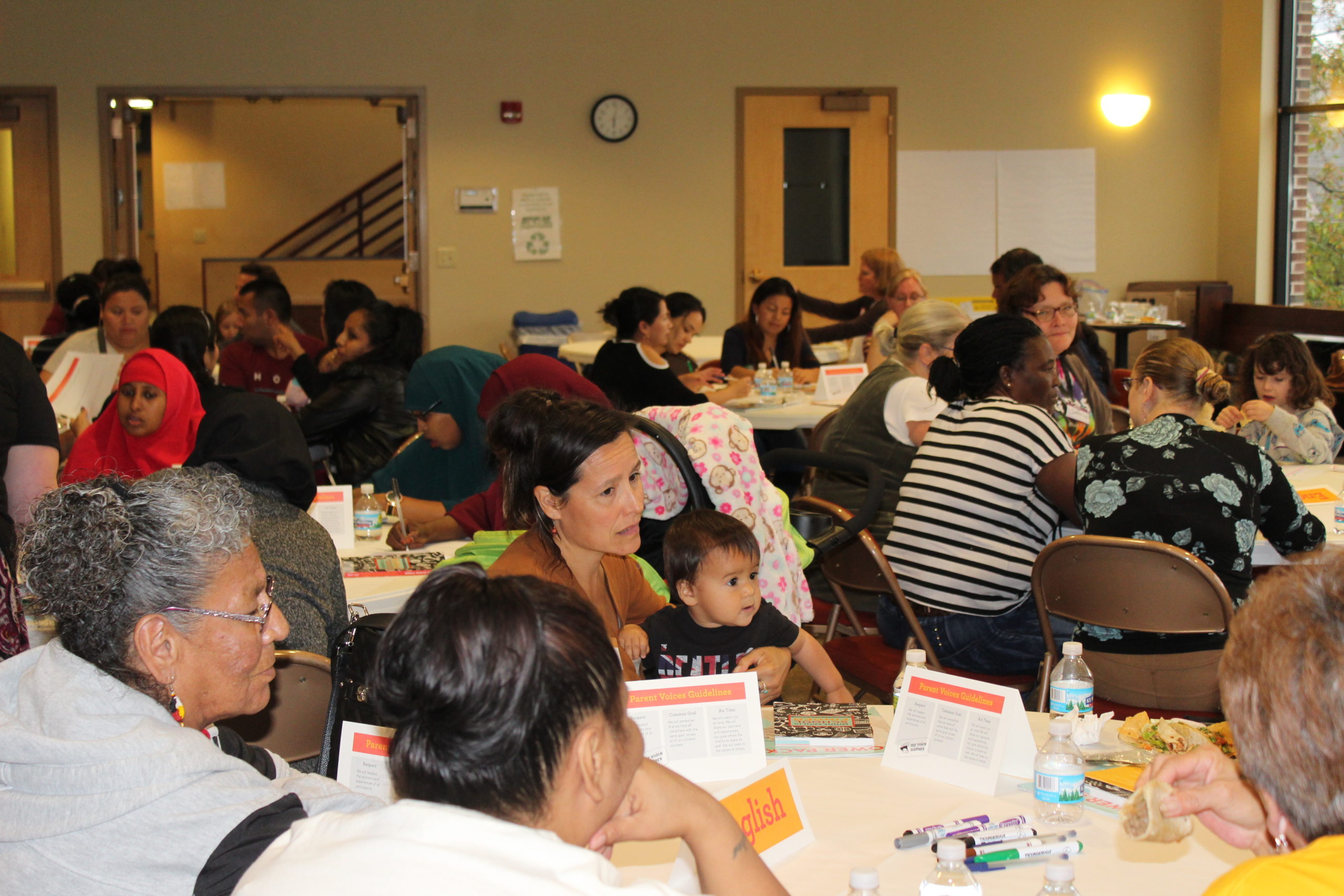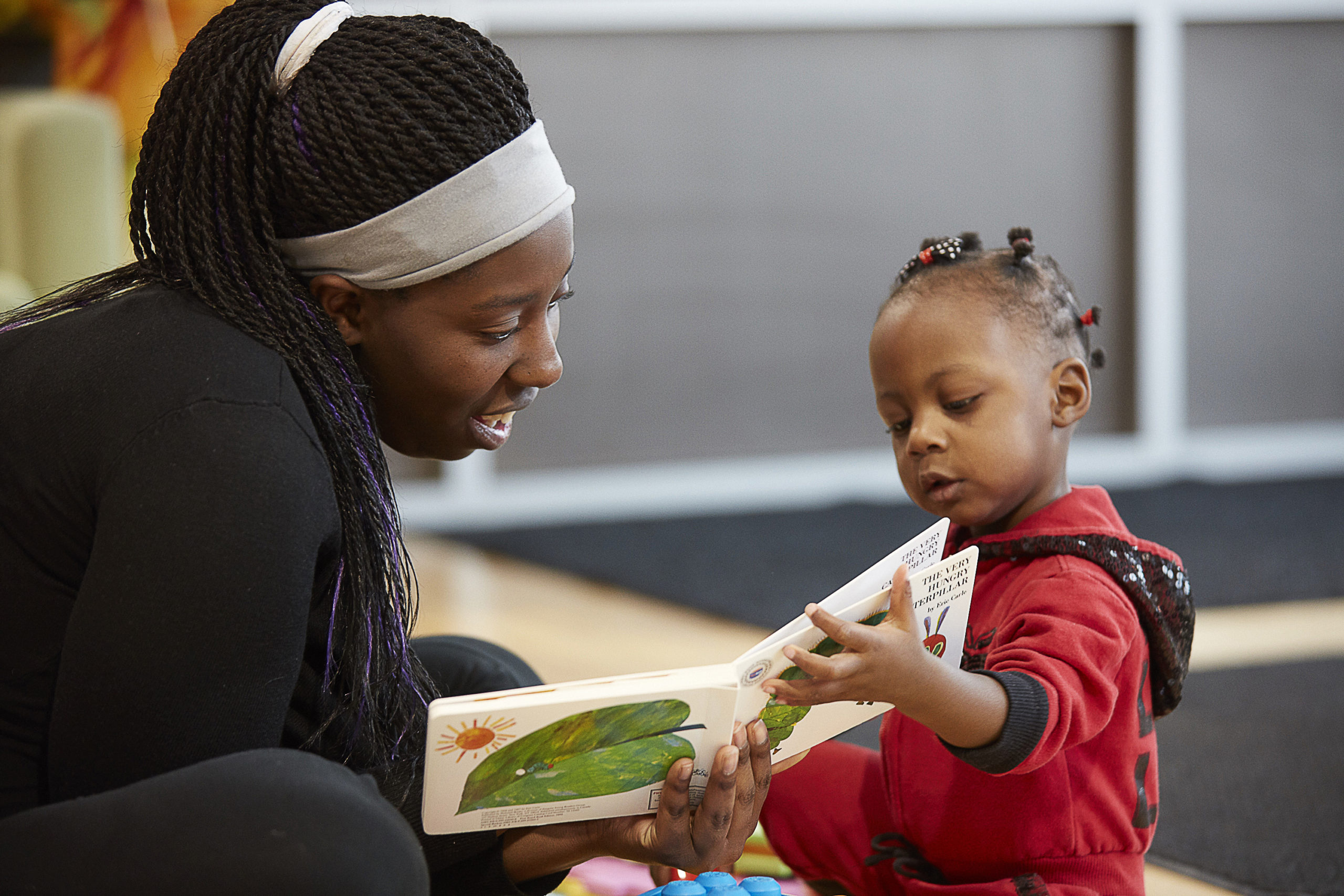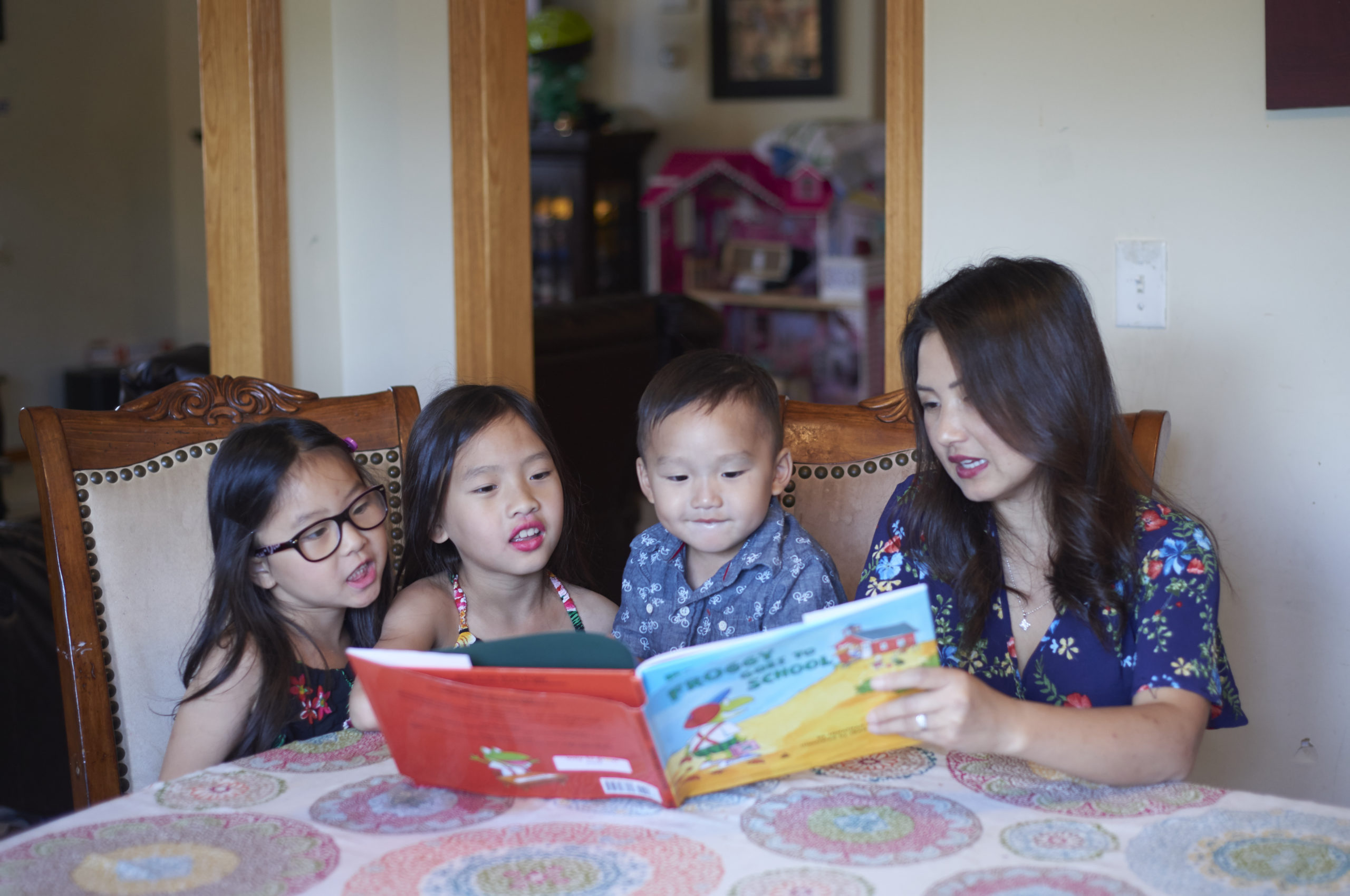One of the most important responsibilities of a parent is to advocate for your child—being their cheerleader on the sidelines, a defender against their opponents, and a voice when their words seem muted. Every day, you strive to provide your child with the best so that their journey in life is a little less bumpy, with fewer twists and turns. As a parent, you have a profound impact on their success. A study on parent involvement concluded that a single overriding factor—parent involvement—determined a baby’s future opportunities for success or failure in life (Tough, 2016). Similarly, studies conducted on student achievement suggest that a student with parents who are involved in their education is more likely to do better in school, have better social and behavioral skills, stay in school, and graduate (Henderson and Mapp, 2002).
Your child’s years in school are when they need you to be an advocate the most. Each school year, they will meet a new teacher, navigate the teacher’s expectations, adapt to a new classroom culture, get to know new classmates, and participate in after-school activities. School will demand your child be skilled at getting along and working with others, negotiating, working hard, and coping with failure and success. With your help, your child’s school career—from pre-k to graduation—will be some of the best years!
Advocating for your child is not always easy, but it shouldn’t be avoided. The key to being an effective advocate is to maintain a strong relationship with your child, understand how to approach the teacher or school administration, and recognize when to intervene on your child’s behalf. Way to Grow suggests you follow these four key guidelines to empower you as a parent to effectively advocate for your child:
1. Establish positive, consistent lines of communications at home
As a parent, you are your child’s first and foremost teacher. Formative years at home teach your child how to interact with others and develop motor, language, and cognitive skills. These skills are best nurtured by positive, quality interactions and consistent communication with adults. Whether it is helping your child name their feelings, listening to a recap of their day, or talking out a problem, your everyday interactions should be built on a solid foundation of trust. When a home environment is based on strong communications and supportive relationships, your child will feel safe coming to you when they have a problem at school. You can’t be with them every moment of the day, but you can be the person they go to after the school bell rings.
2. You are the expert when it comes to your child
No one knows your child better than you. When school starts, it is your job as a parent to make teachers, coaches, and school administrators aware of your child’s special talents and skills, as well as any needs or special considerations they may have. At home, children can receive one-on-one support, but in school they are one of many. While teachers and staff work hard to ensure every student succeeds in the classroom, nothing can replace the insight of a parent. By working with school staff, you can ensure your child is able to utilize their strengths in school, as well as get vital support when needed. Children are more likely to gain confidence and thrive in school when they employ their talents and have their needs supported by the adults in their life—parents and teachers alike.
3. Develop and maintain communication channels within your child’s school
Establish a good rapport with your child’s teacher, school principal, and any other administrator who may be able to provide you with insight or advice. If you only rely on parent nights or parent-teacher conferences to start the conversation, you may be missing out on ways to help your child excel. Schedule meetings often to meet with teachers and the principal, and remain in constant communication with them regarding your child. The beginning of the school year is a great time to ask about the best way to communicate, whether by phone, email, or in-person.
Beyond academics, try getting involved with the regular goings-on of the school and take time to learn the school culture. Consider volunteering in the classroom or at events to increase your involvement. In doing so, you will also meet other parents, enhance your relationship with school staff, and become even more connected to your child’s educational experiences.
Check with your school to see how you can be involved. Remember, you don’t have to do it all—commit to something that fits in your schedule and is best suited to your own skill set. Some activities may include:
- Attend Parent-Teacher Organization (PTO) meetings
- Become an in-classroom parent volunteer or chaperone a field trip
- Volunteer to be a tutor or mentor
- Help with a major in-school project
- Attend your child’s after-school activities
- Volunteer for evening events
- Assist with a fundraiser or organize a drive
4. Create a network of other parent advocates
There’s power in numbers. To strengthen your ability to be an advocate for your child, find and connect with other parents who are also advocates. Identify a time to meet as a group and meet often to discuss and learn from one another. Together you can talk about strategies that may or may not have worked an identify teachers and administrators willing to support parent advocates. By building a network, not only will you gain new perspectives and allies, you may also find a greater support system for yourself as a parent. Your child doesn’t need to be the only one to make friends at school!
Advocating for your child takes time and looks different for every parent. As you develop new tools and resources, nurture relationships with teachers and school administrators, and increase your visibility within the school setting, remind yourself that you don’t have to do it all. Like your child, you are your best self when you are playing to your strengths. That said, remember to stay involved! Always keep in mind, you are the first and foremost advocate for your child—you are the key to their success throughout school, as well as in life.
Additional Resources:
Looking to make a greater impact on your child’s education? Check out and download a couple of our other resources for parents below and then connect with Way to Grow to receive updates on our programming!
References
Henderson, A.T. and Mapp, K.L. (2002). A New Wave of Evidence: The Impact of School, Family and Community Connections on Student Achievement. Southwest Educational Development Laboratory.
Tough, Paul. “To Help Kids Thrive, Coach Their Parents,” New York Times, May 22, 2016, p. SR1.







